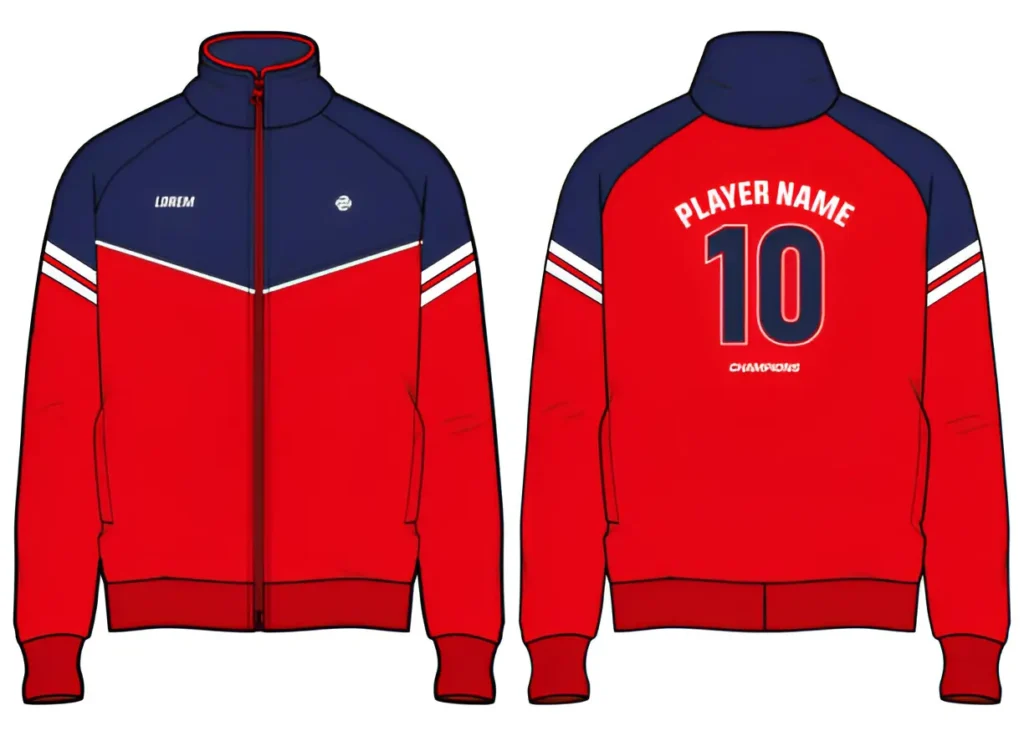Something wild happened in fashion over the past decade – hoodies went from being just workout gear to the centerpiece of high-end collections. I remember when wearing a hoodie to anything fancier than the grocery store was basically fashion suicide. Now? Streetwear hoodies are selling for hundreds, sometimes thousands of dollars, and luxury brands are desperately trying to capture that authentic street aesthetic. The transformation has been incredible to watch. What started in skate parks and hip-hop culture has completely reshaped how we think about casual wear, luxury, and self-expression through clothing.
The Underground Origins
Back in the 80s, hoodies were purely functional. Skaters wore them for warmth during long sessions, and hip-hop artists adopted them as part of their uniform. But something interesting was brewing beneath the surface – these communities were creating their own fashion language.
The real turning point came when brands like Stussy and Supreme started treating hoodies as canvases for artistic expression. Instead of just slapping logos on plain garments, they were creating limited drops with unique graphics, collaborations, and storytelling elements.
I’ve been collecting vintage streetwear for years, and those early pieces from the 90s tell a completely different story than what we see today. They were raw, unpolished, and made primarily for the communities that wore them. There wasn’t this massive commercial machine behind them yet.
The scarcity model that Supreme pioneered changed everything. By releasing limited quantities and creating artificial demand, they transformed hoodies from commodity items into collectibles. Suddenly, people were camping out for hours to buy a $150 hoodie that might resell for $500.
Cultural Significance Beyond Fashion
What’s fascinating about streetwear hoodies is how they became symbols of authenticity and rebellion. Wearing one signals that you’re connected to youth culture, that you understand what’s happening on the street level.
Research from the Fashion Institute of Technology shows that streetwear purchases are driven by cultural capital as much as aesthetic preferences. People aren’t just buying a piece of clothing – they’re buying membership into a community and a set of values.
The hoodie’s association with anonymity and protest has only strengthened its cultural significance. From Trayvon Martin to Hong Kong protesters, hoodies have become symbols of resistance against authority. This political dimension adds weight that traditional luxury items simply can’t match.
Silicon Valley’s adoption of the hoodie uniform was another game-changer. When Mark Zuckerberg and other tech leaders started wearing hoodies to business meetings, it sent a message that creativity and innovation mattered more than traditional dress codes.
High Fashion’s Streetwear Awakening
The moment I knew streetwear had truly arrived was when Virgil Abloh took over Louis Vuitton’s menswear division. Here was someone who came directly from streetwear culture, and suddenly every luxury brand was scrambling to hire their own “streetwear consultants.”
Balenciaga’s $1,200 hoodies caused quite a stir, but they proved that consumers were willing to pay luxury prices for elevated street pieces. The trick was maintaining that authentic street aesthetic while using premium materials and construction techniques.
Collaborations became the new currency of cool. When Off-White partnered with Nike, or when Supreme worked with Louis Vuitton, these weren’t just product releases – they were cultural events that generated millions in media coverage and social buzz.
The resale market exploded alongside this trend. StockX and GOAT turned streetwear hoodies into tradable commodities, complete with authentication services and price tracking. Some limited-edition hoodies now appreciate in value better than stocks.
Design Evolution and Innovation
Modern streetwear hoodies are lightyears ahead of their predecessors in terms of technical innovation. Brands are experimenting with moisture-wicking fabrics, temperature-regulating materials, and construction techniques borrowed from performance wear.
The oversized silhouette that dominates current streetwear didn’t happen by accident. It’s a deliberate rejection of the fitted, tailored aesthetic that dominated men’s fashion in the 2000s. The baggy proportions create a sense of comfort and ease that resonates with younger consumers who prioritize self-expression over conformity.
Graphics and branding have become incredibly sophisticated. Instead of simple screen prints, brands are using embroidery, appliqué, puff printing, and mixed media to create textural interest. The hoodie has become a canvas for artistic collaboration in ways that traditional garments never were.
Sustainability concerns are starting to influence design choices too. Brands like Patagonia and Pangaia are proving that streetwear aesthetics can coexist with environmental responsibility, using recycled materials and transparent supply chains.
Impact on Retail and Consumer Behavior
The drop model pioneered by streetwear brands has fundamentally changed how fashion retail works. Instead of traditional seasonal collections, brands now release products in small batches that create urgency and exclusivity.
Social media marketing became essential for streetwear success. Instagram feeds full of influencers wearing limited drops create desire and FOMO in ways that traditional advertising never could. The community aspect is built right into the marketing strategy.
This shift forced traditional retailers to completely rethink their approach. Department stores that once ignored streetwear are now dedicating entire floors to these brands, trying to capture younger consumers who view shopping as a form of cultural participation rather than just acquiring goods.
Read more: Proven Strategies to Maximize Returns Through Direct Property Investment – Spiritual Meaning Portal
Environmental Impact of Erosion Control Castings – Spiritual Meaning Portal
Your Guide to Buying a Pre-Owned Vehicle with Confidence







